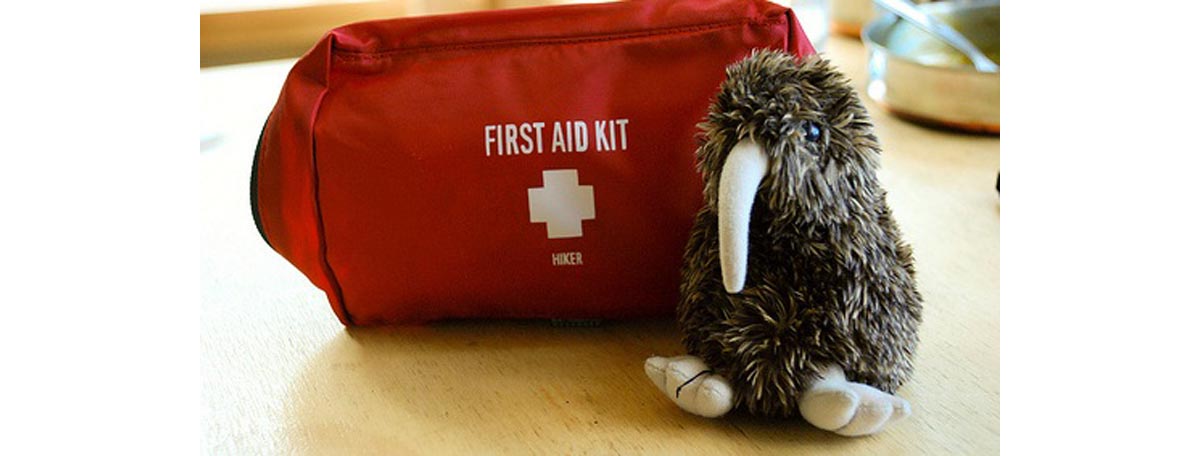Table of Contents
Head Bumps
One of the most traumatic things for a parent is when the child bumps his head. There may be many “goose eggs” during your baby’s journey from toddler to adult. Keep in mind that this injury looks worse than it actually is and try to remain calm when it happens.

Home Care
- Apply a cold compress on the area to minimize swelling.
- Have him sit for a while in a quiet area after the injury occurs to calm down.
You Should Call the Doctor When…
- Your child vomits.
- Your child loses consciousness.
- Your child appears tire, irritable, or extremely quiet.
You Should Call 911 If…
- Your child loses consciousness or has a seizure.
Choking
Babies put things in their mouths and unfortunately for the parents, some of these thinks can pose a serious risk of choking. Signs of choking include inability to speak and holding of the throat.
READ Are Parents Aware of Their Child's Asthma Symptoms?
Home Care
- Call 911.
- Lay the baby facedown along your forearm with his head lower than his chest.
- Support the head with your hand around the jaw and under the chest.
- Give around five quick back blows between the shoulder blades with the heel of the hand.
- Turn the baby face up and sweep the mouth to see if the object is there.
Splinters
Removing a splinter can be a challenge because your baby or toddler does not understand that it should be removed in order to get better. At this age, he thinks it will not matter.
Home Care
- Wash the skin around the splinter with antibacterial soap.
- Clean tweezers with alcohol and slowly pull the splinter out.
- Apply a thin layer of antibacterial ointment and cover the area with a bandage.
- If the splinter cannot be removed, soak the area with warm water and allow a couple of hours for it to come to the skin surface. Never dig for the object, as this can lead to infection.
- For really soft splinters, use adhesive tape to pull them out.
You Should Call a Doctor If…
- You cannot remove the splinter safely.
READ Sudden Cardiac Arrest and Primary First Aid Treatment
First Aid Kit
There are some items you should buy and have available for yourself as a first aid kit. Many manufacturers offer pre-made ones but you should check to make sure all of the following items are inside it.
- A copy of a first aid guide.
- Wound Care - bandage supplies including a roll of 3 inch wide gauze, individually packaged 4 inch sterile gauze pads, a roll of 1 inch bandage tape, butterfly bandage tape, and scissors
- Elastic bandages or cling wraps
- Cotton swabs
- Sterile dressings or towels
- Pain reliever (acetaminophen or ibuprofen)
- Anti-inflammatory medicine (ibuprofen)
- Tweezers
- Hydrogen peroxide
- Skin creams: Hydrocortisone cream, Calamine lotion, topical antihistamines, and antibiotic ointment
- An oral antihistamine (diphenhydramine for allergic reactions)
- Flashlight
- Eyepatch
- Arm sling
- Tongue depressors (to be used as a finger splint)
- Ice pack
- Rehydration fluids (such as Pedialyte or Infalyte)
- Keep Kids Healthy, LLC. (1999). First Aid.
- Photo courtesy of ks_marks on Flickr: www.flickr.com/photos/ks_marks/5469156068/


Your thoughts on this